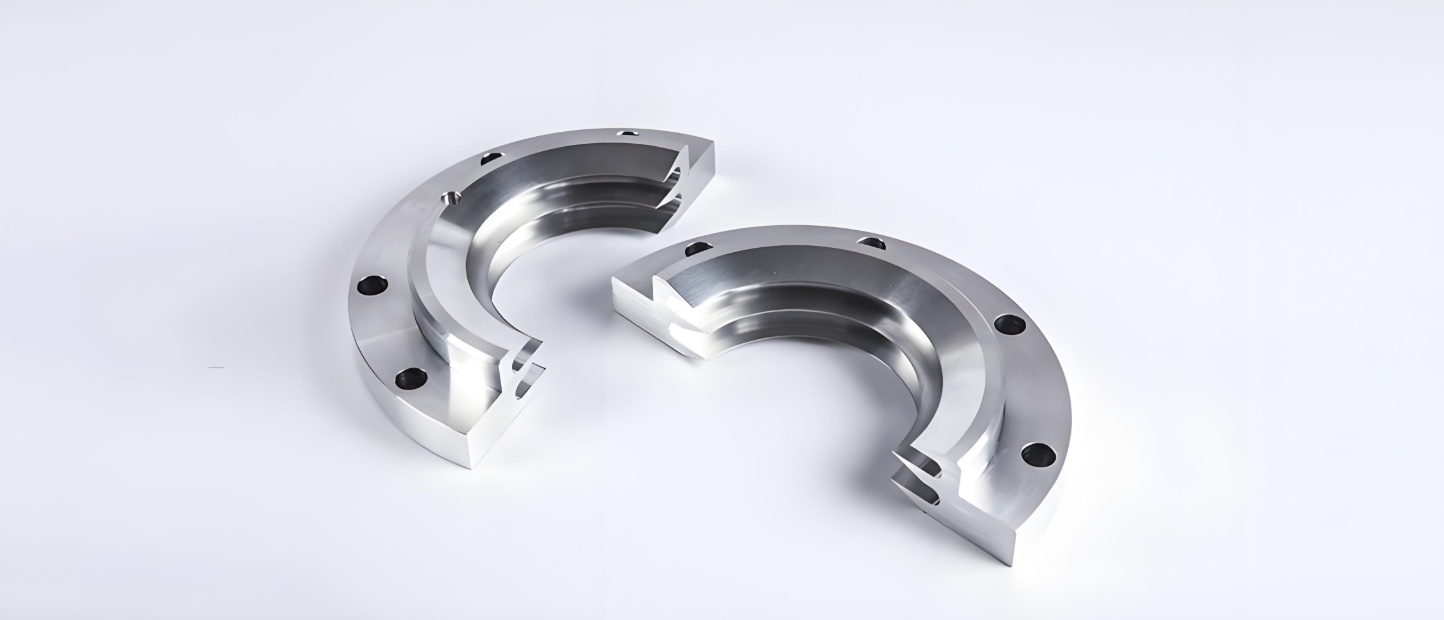
Polishing aluminum machined parts is a crucial process that brings a host of advantages and finds extensive use in various fields. Let's delve into the benefits it offers and the diverse application scenarios where it plays a vital role.
Firstly, enhancing the surface finish is one of the primary benefits. After machining, aluminum parts often have rough surfaces with burrs, tool marks, or unevenness. Polishing eliminates these imperfections, resulting in a smooth, glossy surface. This not only improves the aesthetic appeal of the parts but also gives them a more professional and high-quality look, which is particularly important for products where appearance matters, such as consumer electronics and decorative components.
Secondly, improving corrosion resistance is another significant advantage. The polished surface of aluminum forms a more uniform and dense oxide layer, which acts as a barrier against moisture, chemicals, and other corrosive substances. This helps to prevent the parts from rusting, tarnishing, or deteriorating over time, thereby extending their service life. In environments where corrosion is a concern, like marine applications or industrial settings with high humidity, polished aluminum parts perform much better.
Moreover, reducing friction and wear is a practical benefit in mechanical applications. A smooth polished surface minimizes the contact area between moving parts, reducing friction. This leads to less energy loss, lower operating temperatures, and decreased wear and tear on the components. As a result, the mechanical systems incorporating these polished parts run more efficiently and have a longer operational lifespan, which is beneficial in machinery, automotive, and aerospace industries.
In terms of application scenarios, the automotive industry is a major user of polished aluminum machined parts. Components such as wheels, trim, and engine parts are often polished to enhance their appearance and durability. The shiny finish of polished aluminum wheels adds a touch of style to vehicles, while the improved corrosion resistance ensures they can withstand the harsh conditions of the road, including exposure to salt, water, and dirt.
The aerospace sector also relies heavily on polished aluminum parts. Aircraft components, such as structural elements, fittings, and interior parts, require high precision and reliability. Polishing these parts not only ensures a smooth surface for optimal aerodynamic performance but also enhances their resistance to corrosion from the extreme environmental conditions encountered during flight, such as high altitude and temperature variations.
Consumer electronics is another field where polished aluminum machined parts are widely used. Products like smartphones, laptops, tablets, and home appliances often feature aluminum casings and components. Polishing these parts gives them a sleek, modern look that appeals to consumers, while the improved surface finish also makes them easier to clean and maintain.
Additionally, the marine industry utilizes polished aluminum parts for various applications, including boat fittings, railings, and hardware. The corrosion resistance provided by polishing is essential in the marine environment, where parts are constantly exposed to saltwater, which is highly corrosive. Polished aluminum parts can withstand these conditions, ensuring the safety and longevity of marine equipment.
In conclusion, polishing aluminum machined parts offers numerous benefits, including enhanced surface finish, improved corrosion resistance, and reduced friction and wear. These advantages make them indispensable in a wide range of application scenarios, from automotive and aerospace to consumer electronics and marine industries, contributing to the performance, durability, and aesthetics of the products they are part of.